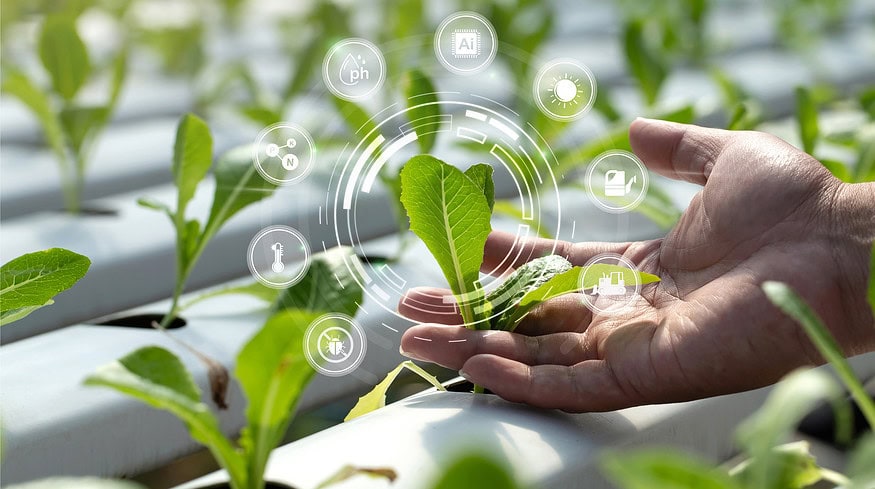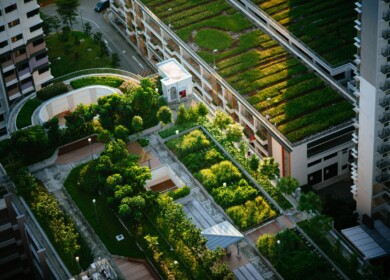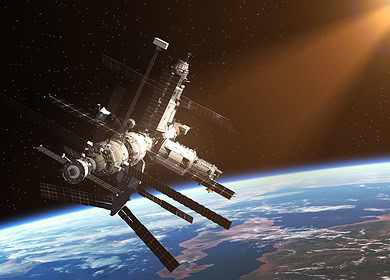City farms may lead the future of high-tech agriculture

As urban populations swell and global crises become more frequent, cities are increasingly turning to high-tech agriculture as a sustainable solution to food production challenges. Amid concerns ranging from climate change to economic downturns, the integration of advanced agricultural technologies in urban environments offers a promising pathway to address the looming global food crisis.
High-tech approaches such as aerofarms, vertical gardens, and agrovoltaic systems are transforming urban landscapes. These technologies enable cities to overcome space constraints while enhancing food security. Aerofarms, for example, utilize soil-less cultivation systems where plants grow with their roots suspended in air, receiving nutrients through a fine mist. This method, coupled with innovations like LED lighting and automated environmental controls, maximizes plant growth and optimizes resource use.
The integration of agriculture into urban architectural frameworks is also on the rise. Adaptive reuse of existing buildings for food production not only addresses space limitations but also contributes to environmental sustainability. Buildings retrofitted with agrovoltaic systems, where solar panels coexist with agricultural spaces, epitomize the dual use of urban areas for energy generation and food production.
Moreover, the application of artificial intelligence and robotics in urban farms underscores a shift towards precision agriculture. These technologies enable more efficient planting, harvesting, and crop maintenance, reducing reliance on manual labor and enhancing the overall efficiency of urban food systems.
The push towards urban agricultural districts not only reflects a strategic land use but also a rethinking of urban design. Cities like Beijing and projects like the Floating Farm Dairy demonstrate how densely populated areas can effectively integrate substantial agricultural operations, potentially revolutionizing food supply chains and reducing their carbon footprint.
This urban agricultural evolution signals a shift towards more resilient food systems capable of withstanding the pressures of climate change, population growth, and urbanization. By harnessing technology and innovative architectural designs, cities are paving the way for a sustainable, food-secure future, turning the challenge of urban space into a testament to human ingenuity and forward-thinking.
Source: ArchDaily
Enjoyed this story?
Every Monday, our subscribers get their hands on a digest of the most trending agriculture news. You can join them too!















Discussion0 comments